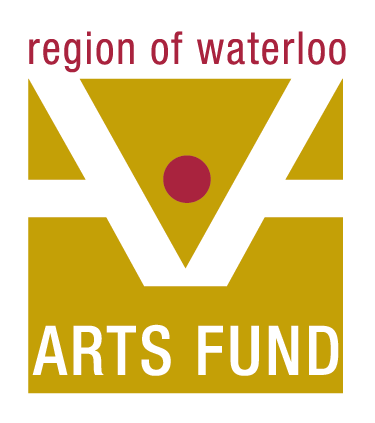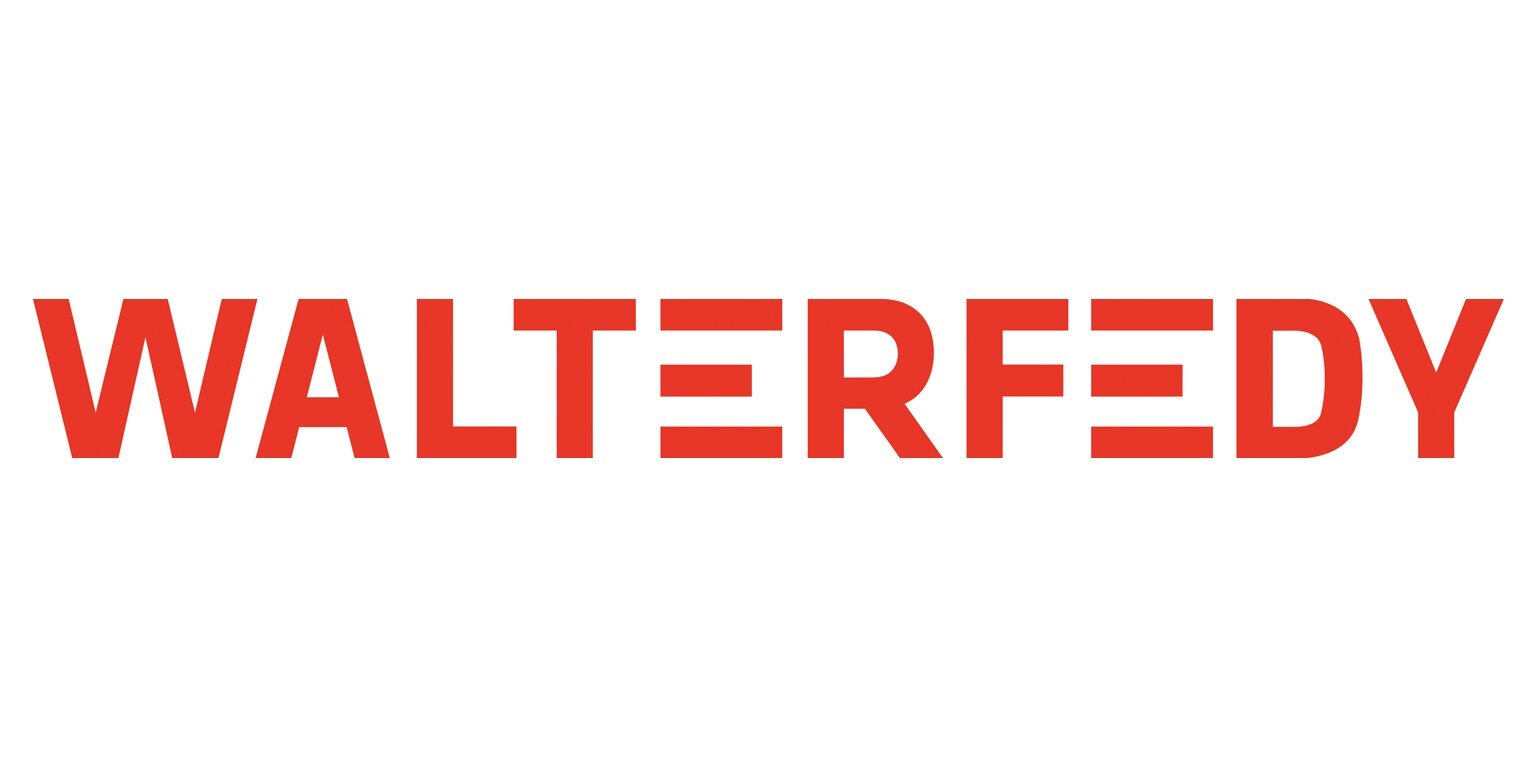The price of an artwork should reflect the value of the materials and labour it took to make. While the material costs are straightforward, the cost of your own labour can be difficult to determine.
Expenses incurred creating the work, such as materials, equipment, studio rent, artist fees, professional education, development and membership, installation, insurance, travel and transportation costs should be reflected in the price.
In general, the work of professional, experienced arts practitioners will cost more than that of a developing arts practitioner. Many artists compare their prices with those of other artists at a similar point in their career who are working in similar mediums. You want to find the sweet spot between pricing yourself out of the market and undervaluing your own work. Some artists use a formula to calculate the cost per square inch of their work.
The number of editions or copies available may also affect the price of the work. For example, an edition of photographs or prints may be priced lower than an original painting of a similar size.
If the work is sold framed or outfitted with another hanging mechanism, the cost of preparing the work to be displayed should be reflected in the price.
Gallery prices include any commission in the posted price, but not the HST.
If you are looking to buy art, it would be disrespectful to negotiate the given price, however most artists would agree to working out a payment plan with you so that you can pay in instalments.
Never assume that an artist is willing or able to work for free. Working for exposure (Myths & Best Practices) doesn't pay the bills or make for a healthy, sustainable and vibrant visual arts sector.


















